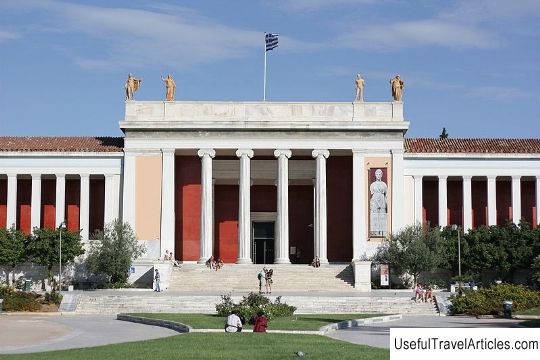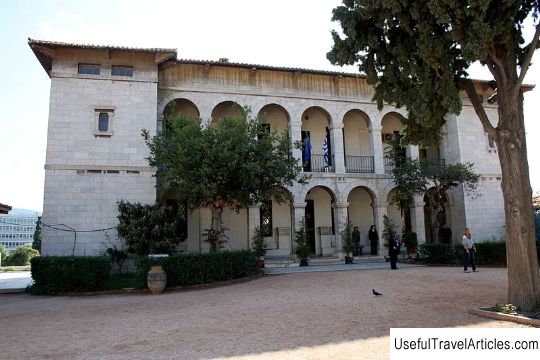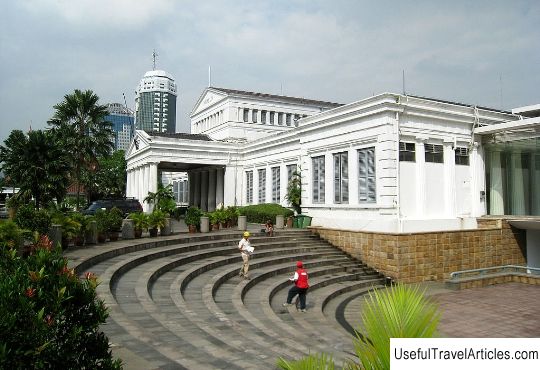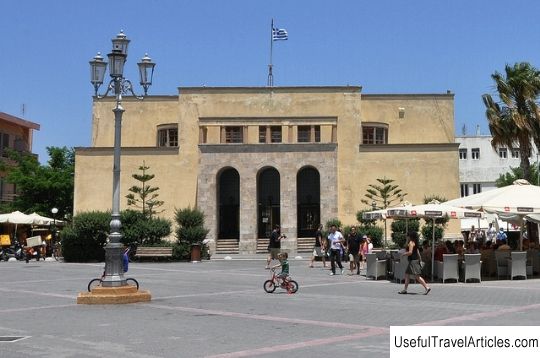National Archaeological Museum in Greece, resort of Athens
Rating: 8,3/10 (2563 votes)  The National Archaeological Museum is currently the largest museum in Greece. The permanent exhibition of the museum has more than 20 000 exhibits belonging to different eras. The collection of sculptures and ceramics of the museum is currently considered one of the richest in the world. The very first archaeological museum in the country was founded on the island of Aegina in 1829. After Athens became the new capital of Greece, it was decided to build an Archaeological Museum in the city. Construction of the museum began in 1866. The building was designed by architects Ludwig Gange, Panagisa Kalkosa and Ernest Ziller. In 1874, long before the completion of the work, the placement of the exhibits began, although only the west wing of the building was completed. The construction of the museum was completed in 1889. In 1932-39, 2 floors and an east wing were added to the building. During the Second World War, the exhibits were moved to the vault of the Bank of Greece and the museum itself, as well as to the caves. At the end of the war, the interior of the museum was redeveloped. After the earthquake in 1999, the building was badly damaged, and therefore closed for reconstruction. The museum was reopened for visitors in 2004. Today, in the permanent exhibition of the museum, you can see the following collections – 'Prehistoric', 'Mycenaean culture', 'Cycladic culture', 'Santorini', 'Sculpture', 'Ceramics',' Bronze products', ' We also recommend reading Hadrian's Arch in Greece, Athens resort Topic: National Archaeological Museum in Greece, resort of Athens. |




